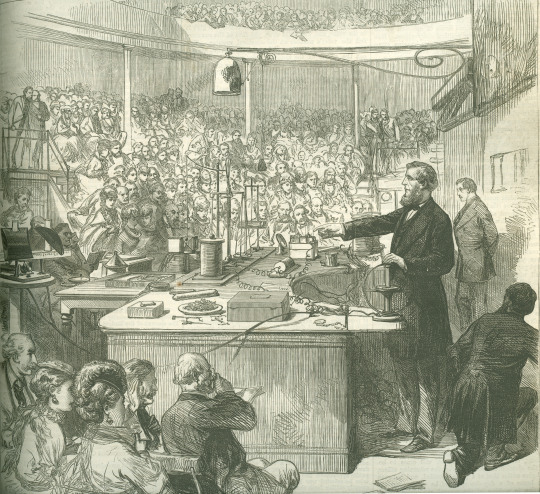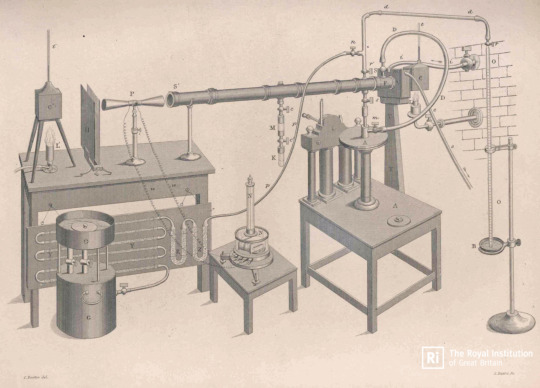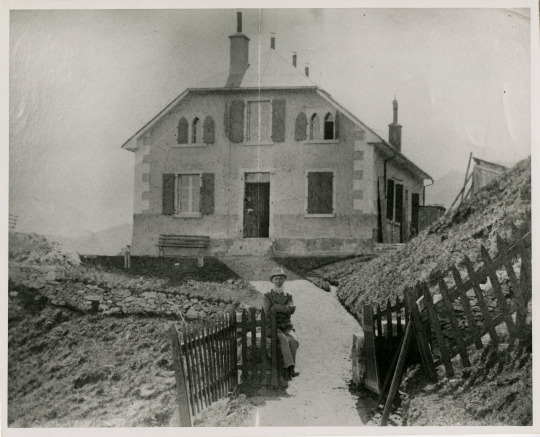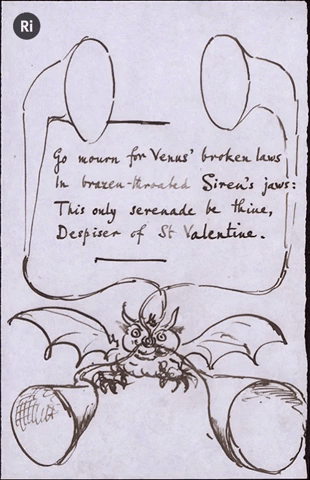#tyndall

The history of climate science goes back a long way. In 1859, spurred by his work on glaciers, John Tyndall discovered how gases absorb heat by developing and experimenting with extremely sensitive equipment called the ‘radiant heat apparatus’.

Knowing how different gases absorb heat to different degrees helped scientists later understand how heat is trapped by the Earth’s atmosphere - what we now call the greenhouse effect.

As a glaciologist and physicist Tyndall spent a lot of his time hanging out on mountains. Here he is outside the house he had built up Belalp in Switzerland, with his wife Louisa peeking through the front door.
If you’re in the USA, tune in to Nova on PBS tonight at 8pm to catch Andrea Sella recreate Tyndall’s radiant heat experiments, right here at the Royal Institution where he first made his breakthrough.

Happy Valentine’s Day! We found some slightly creepy Victorian Valentines poems in the Tyndall collection. These weren’t serious love notes, but a running joke between John Tyndall and his friends ❤️

“Callous, cruel, clever Tyndall! Pause, lest for your sport you kindle“
To be fair, Tyndall is a tricky word to rhyme.
The words ‘sonorous’ and 'sensitive!!!!’ refer to Tyndall and William Barrett’s work on 'sensitive flames’: http://www.rigb.org/blog/2014/august/sensitive-flames?utm_source=tumblr&utm_medium=social

“In pretty strife
To start to life
My waking atoms stir
Their motions fine
To thee incline
My heart’s thermometer!”
From the Royal Institution Archival Collection.

